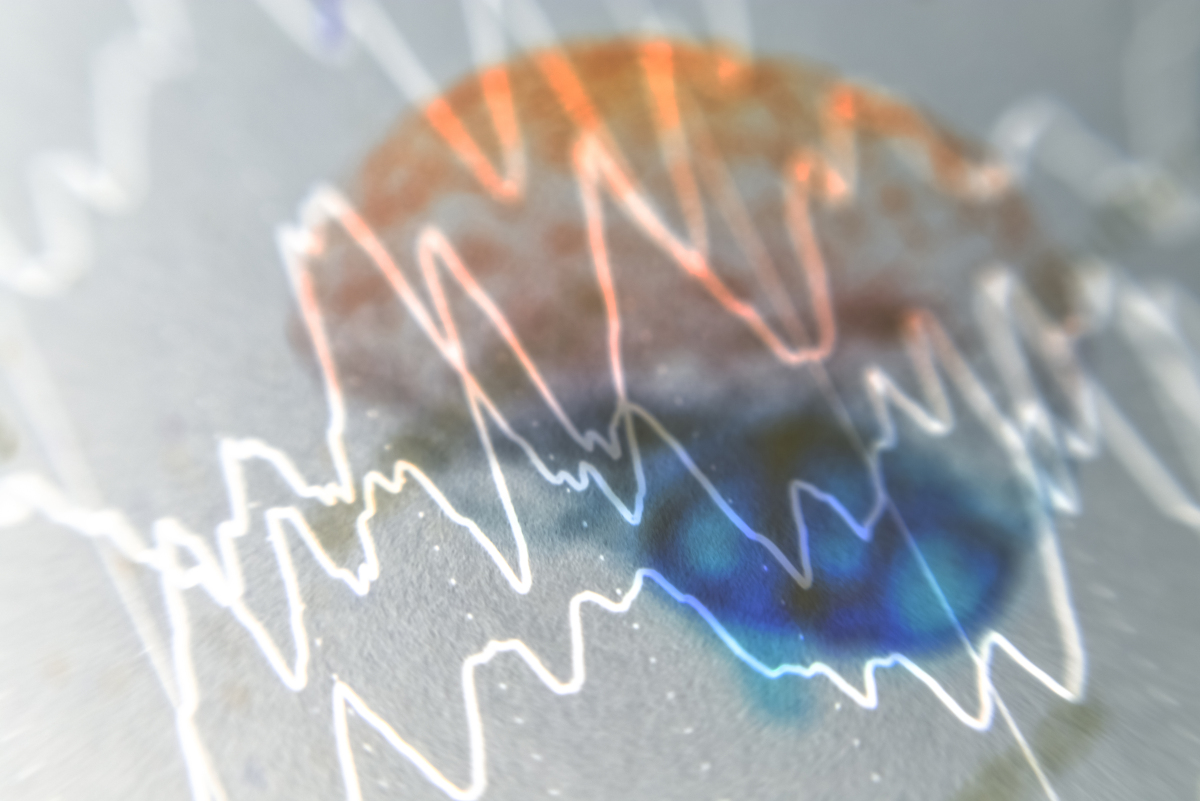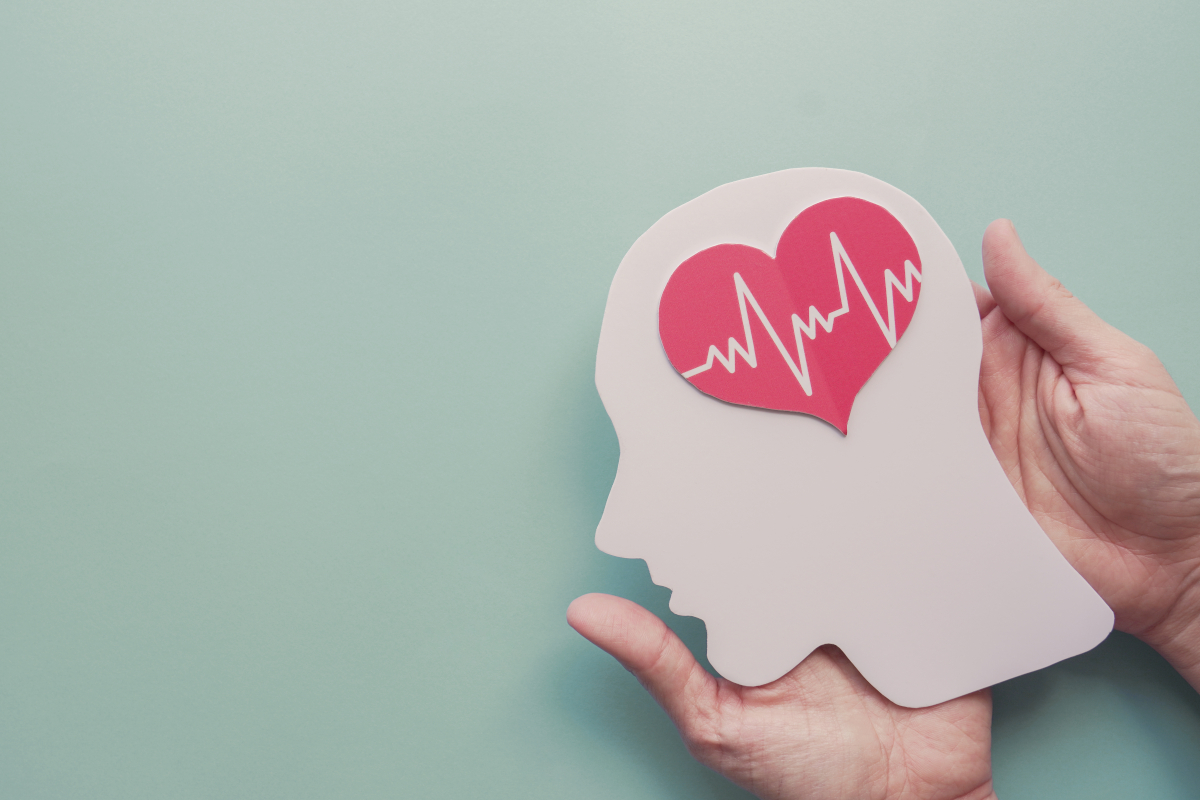Blood pressure and headaches: is there a connection? (Part I)
The question of how headaches and high blood pressure relate to each other has frequently been examined in medical research. However, to this day, the results in this field are inconsistent and continue to give rise to debate among specialists. Particularly where it is assumed that headaches and high blood pressure are occurring simultaneously, there is no evidence in most cases that both could also be causally related. This is because no control process in the body that could be responsible for this has yet been found. This is why we must remember that we cannot necessarily infer that one thing causes the other based on an apparent connection. Therefore, the simultaneous occurrence of high blood pressure and headaches does not necessarily mean that there is a causal link. The purpose of this paper is to highlight some of the results of current research and to provide an outlook on the most exciting questions for future development in the field.
-
References
Arca KN, Halker Singh RB. The Hypertensive Headache: a Review. Curr Pain Headache Rep. 2019 Mar 14;23(5):30. doi: 10.1007/s11916-019-0767-z. PMID: 30874912.
de Biase, S., Longoni, M., Gigli, G.L. et al. Headache and endovascular procedures. Neurol Sci 38 (Suppl 1), 77–80 (2017). https://doi.org/10.1007/s10072-017-2880-2
Entonen AH, Suominen SB, Korkeila K, Mäntyselkä PT, Sillanmäki LH, Ojanlatva A, Rautava PT, Koskenvuo MJ. Migraine predicts hypertension--a cohort study of the Finnish working-age population. Eur J Public Health. 2014 Apr;24(2):244-8. doi: 10.1093/eurpub/ckt141. Epub 2013 Sep 23. PMID: 24065369.
Fagernæs CF, Heuch I, Zwart JA, Winsvold BS, Linde M, Hagen K. Blood pressure as a risk factor for headache and migraine: a prospective population-based study. Eur J Neurol. 2015 Jan;22(1):156-62, e10-1. doi: 10.1111/ene.12547. Epub 2014 Aug 25. PMID: 25155744.
Finocchi C, Sassos D. Headache and arterial hypertension. Neurol Sci. 2017 May;38(Suppl 1):67-72. doi: 10.1007/s10072-017-2893-x. PMID: 28527058.
Friedman BW, Mistry B, West JR, Wollowitz A. The association between headache and elevated blood pressure among patients presenting to an ED. Am J Emerg Med. 2014 Sep;32(9):976-81. doi: 10.1016/j.ajem.2014.05.017. Epub 2014 May 20. PMID: 24993684.
Gardener H, Monteith T, Rundek T, Wright CB, Elkind MS, Sacco RL. Hypertension and Migraine in the Northern Manhattan Study. Ethn Dis. 2016 Jul 21;26(3):323-30. doi: 10.18865/ed.26.3.323. PMID: 27440971; PMCID: PMC4948798.
Janeway TC. A clinical study of hypertensive cardiovascular disease. Arch Intern Med 1913; 12: 755–798
Prentice D, Heywood J. Migraine and hypertension. Is there a relationship? Aust Fam Physician. 2001 May;30(5):461-5. PMID: 11432020.
Rajan R, Khurana D, Lal V. Interictal cerebral and systemic endothelial dysfunction in patients with migraine: a case-control study. J Neurol Neurosurg Psychiatry. 2015 Nov;86(11):1253-7. doi: 10.1136/jnnp-2014-309571. Epub 2014 Dec 30. PMID: 25550413.
Sacco S, Ripa P, Grassi D, Pistoia F, Ornello R, Carolei A, Kurth T. Peripheral vascular dysfunction in migraine: a review. J Headache Pain. 2013 Oct 1;14(1):80. doi: 10.1186/1129-2377-14-80. PMID: 24083826; PMCID: PMC3849862.






















